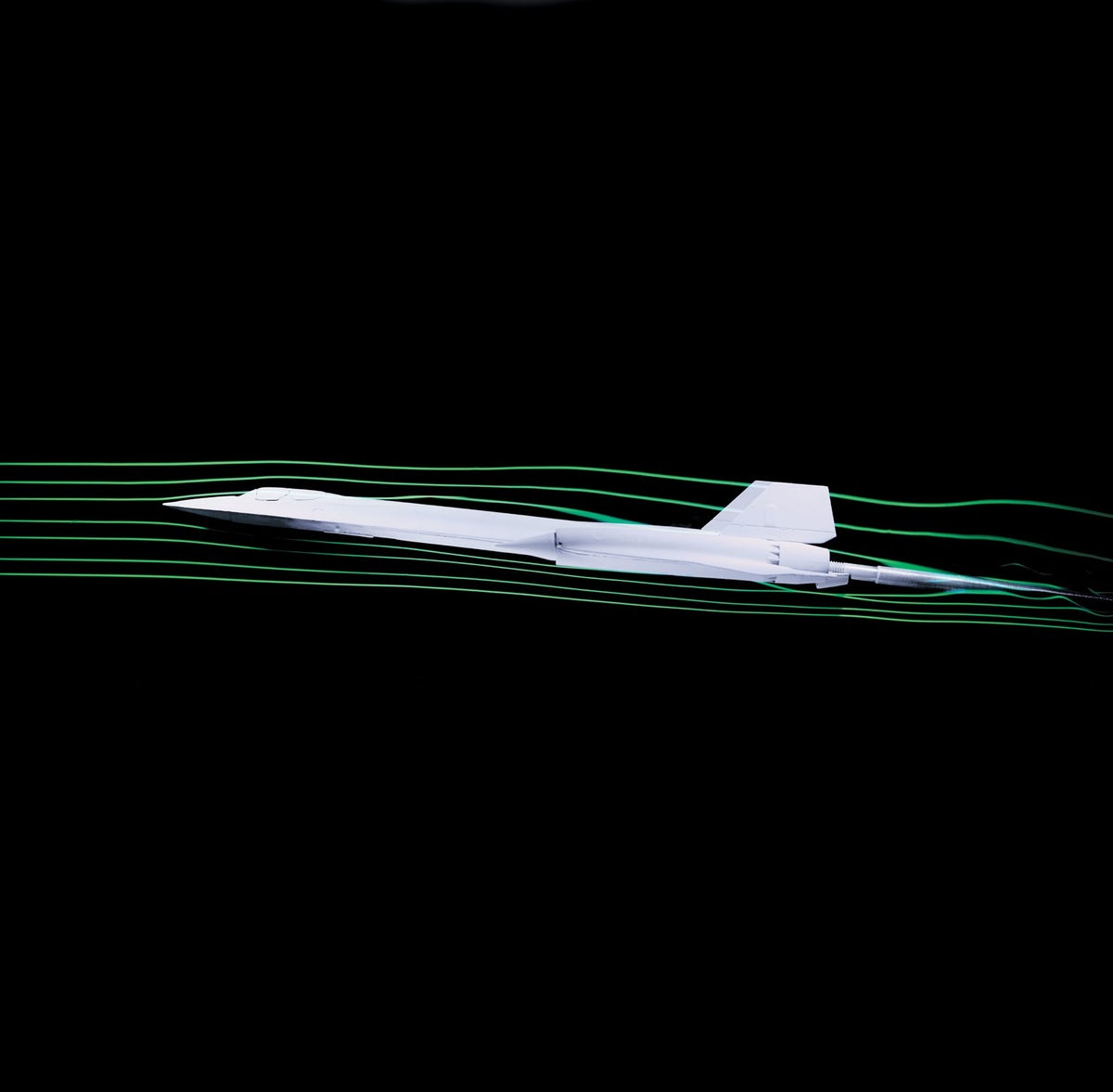Drareg
Member
- Joined
- Feb 18, 2016
- Messages
- 4,772
I think these videos are impressive if we keep in mind what Ling described as waters function along proteins in cells. The fourth state is a gel like state.
With graphene and electric current you can achieve movement of water in a coherent manner.
If we step into the conspiracy realm we can see if graphene is present in vaccines the issues it could cause particularly if it’s antenna like.
Water in the body is intimately involved with consciousness, it’s what allows us the flow in continual process via its conduction of electromagnetic current.
View: https://www.youtube.com/watch?v=_d7JWJtZScw
View: https://www.youtube.com/watch?v=z0NBsyhApvU
Another interesting one showing the lens effect of water when electromagnetic current is applied, the eye has this dynamic bulk phase of water and also the gel like resting state, I’ve long suspected that hallucinogens and the visuals are from this effect in the eye, its a more intense phosphene effect, Ray Peat has speculated that LSD’s effect comes from its ability to directly influence the electromagnetic conduction of the body.
View: https://www.youtube.com/watch?v=NjLJ77IuBdM
View: https://www.youtube.com/watch?v=jkYz1WlpRSQ
With graphene and electric current you can achieve movement of water in a coherent manner.
If we step into the conspiracy realm we can see if graphene is present in vaccines the issues it could cause particularly if it’s antenna like.
Water in the body is intimately involved with consciousness, it’s what allows us the flow in continual process via its conduction of electromagnetic current.
View: https://www.youtube.com/watch?v=_d7JWJtZScw
View: https://www.youtube.com/watch?v=z0NBsyhApvU
Another interesting one showing the lens effect of water when electromagnetic current is applied, the eye has this dynamic bulk phase of water and also the gel like resting state, I’ve long suspected that hallucinogens and the visuals are from this effect in the eye, its a more intense phosphene effect, Ray Peat has speculated that LSD’s effect comes from its ability to directly influence the electromagnetic conduction of the body.
View: https://www.youtube.com/watch?v=NjLJ77IuBdM
View: https://www.youtube.com/watch?v=jkYz1WlpRSQ

